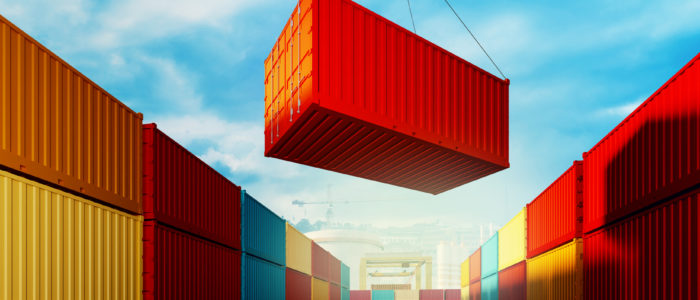As the first port in the Western Hemisphere to handle 10 million TEUs in a 12-month period, the Port of LA still struggles to handle the deluge of imports crashing into their shores. It’s a similar story at ports across the nation and around the world. Issues arising in Yantian highlight the precarious situation in logistics that is currently holding the world by a thread – delays could ripple out from a second COVID wave impacting ports across Asia. The celebration of record-breaking months is a distraction. These records are happening despite the fact it’s not peak season, yet. Congestion, disruption, and delays are almost as bad as ocean freight rates (they’re 564% higher than the average of the last five years).
Analysts expect the trend to continue through 2022 before prices come down in ocean freight – and retail prices are following closely along the same skyrocketing path. It’s because of the pandemic, but that’s far too simple. The initial blanked sailings over a year ago started the disruption but nobody expected the worldwide logistics industry to be so easily upended. Some might consider the current situation evidence that the world is more resilient than expected. Ports are still moving, shopping is still a favorite pastime and prices haven’t reached crippling levels. If we can get a little breathing room, the improvements could be immediate. The breathing room is a cure we can’t get our hands on.
The East Coast ports can be a viable option, especially in the Southeast US. There is less congestion in the port which equals less congestion in rail and truck services. Your Nelson International representative has an array of options and solutions to suit your current cargo needs. Times like this, with major disruption, require creative and expert, value-driven ideas to maneuver around the blockages. We know this business and we’re here to lead you and your cargo through it.


Comments are closed.